Remembering 9/11 Through the Eyes of Moravian Professors
It has been 19 years since members of the extremist group al Qaeda hijacked several commercial airplanes with the intention of causing great harm to the American people.
The Twin Towers, the Pentagon, and United Airlines Flight 93 were all brought down, resulting in the death of over 3,000 people. Today, we look back on the event in horror, yes, but also in remembrance of those lost and of the unity we gained as a country — and as a Moravian College community — as a result of such a devastating event.
Those of us who were here on campus during the 9/11 attacks remember the day as it unfolded.
It was a Tuesday, much like any other at Moravian. “When I think back,” said art professor Doug Zucco, “I remember it was a beautiful day, crisp, clear early fall day. You only get a few days like this in Pennsylvania each year.”
Then, at 8:46, the first plane hit the North Tower. Word of the catastrophe spread quickly around campus.
“I was at my desk working, not knowing anything was happening,” said adjunct art professor Jan Ciganick. “One of my students called to tell me about a plane flying into the World Trade Center.” Assuming the whole ordeal was simply an accident, Mrs. Ciganick looked online for more information only for a second student to walk into her office to notify her of a second plane hitting the South Tower. “I realized then that this could not be an accident,” she said.
Many on campus saw the second attack live on TV; others found out through word of mouth. “[My] colleagues were on their phones and in each other’s offices,” said French professor Dr. Joanne McKeown. “Somehow, reaching out to one another was an instinctive response.”
Soon classes soon canceled, and students were encouraged to reach out to faculty for emotional support.
Erv Rokke, who was President of the College at the time, and other members of the administration made themselves available at different locations around campus for students.
In aiding his group of students, psychology professor Dr. Robert Brill recalled that “It was the epitome of surreal. In the group I was involved in, many students were highly upset, many scared, and many were angry. There was a huge sense of collective helplessness as information was still unclear and slow to unfold. I recall having the sense that anxiety levels were not really lowered, but the campus support effect kept them from elevating excessively.”
At Moravian College, which located only 90 miles from the Towers, students and faculty alike could do nothing but come together and watch as the day’s events played out on national television. “We all processed the information and then headed over to the HUB to watch the news on a television. Once the second plane hit people began to cry and hug,” said psychology professor Dr. Stacey Zaremba. “It was an extremely emotional moment.”
In the days following the 9/11 attacks, the world seemed quieter than it had before.
“When I walked onto campus, everything seemed perfectly still,” Zaremba said. “There was no air travel, and what I think was a shared sense of shock, vulnerability and fear had the effect of essentially silencing all of us.” While this feeling was certainly not exclusive to the Moravian Community, it did make returning to classes feel like an awkward transition from the horrific events that had just taken place on American soil just days prior.
“We held class that Thursday I think, and everyone was very quiet,” said Zucco. “I spoke to the class and asked how this was affecting everybody. A couple of students had friends or family members in New York at the time. One student lost their uncle in the Towers.”
To help students express their thoughts, the art department chair suggested that they make space on the walls throughout South Hall where students could react visually to the events. Soon the walls were covered with drawings, paintings, graphic design work, and other visuals from students from all over campus.
Classes and college activities soon returned to normal, but the emotional aftershock from the attacks continued to linger on campus and throughout the nation.
The Moravian College community worked hard to support one another in the midst of tragedy and grief. Various campus offices sent out emails to students and faculty offering guidance and kind words, and students came together to share hugs, express emotions, and to help each other heal.
During a time of great crisis, the Moravian College community came together to support one another as we always have done — and as we still do today.





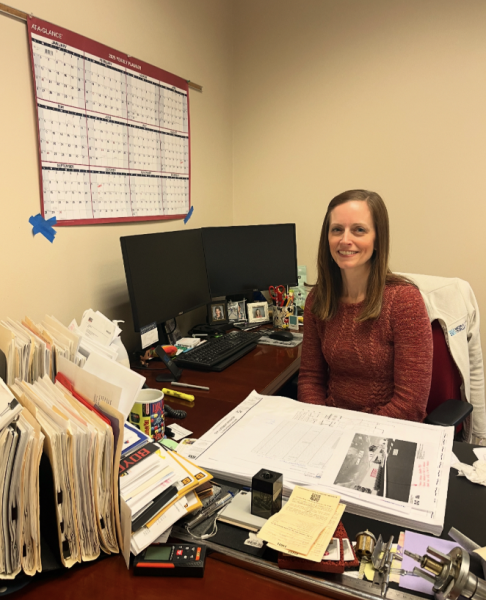
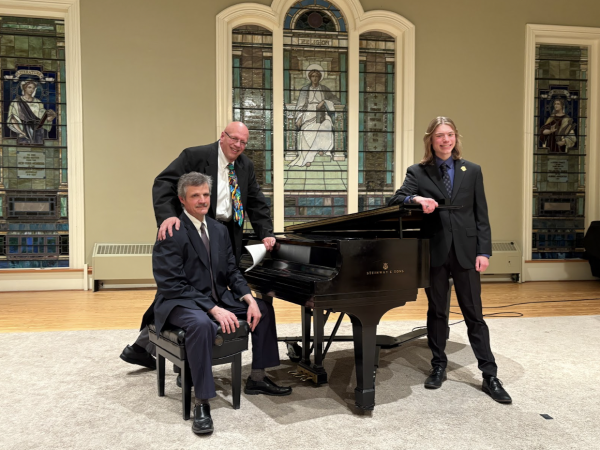

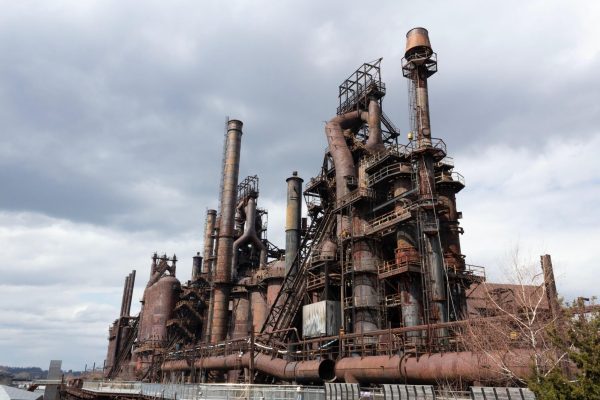
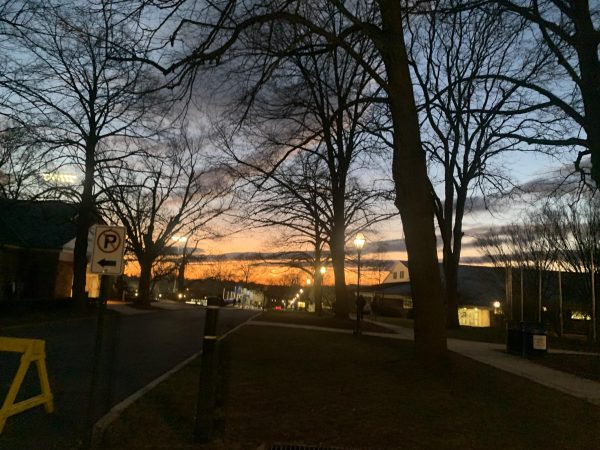
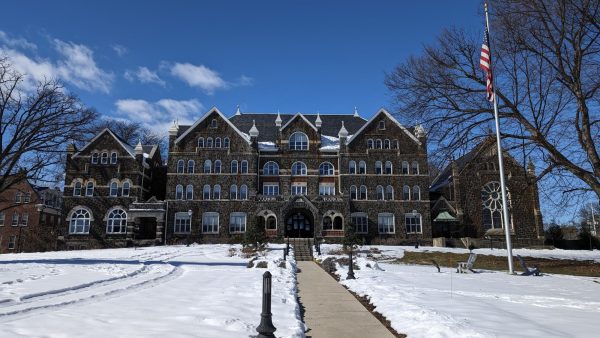
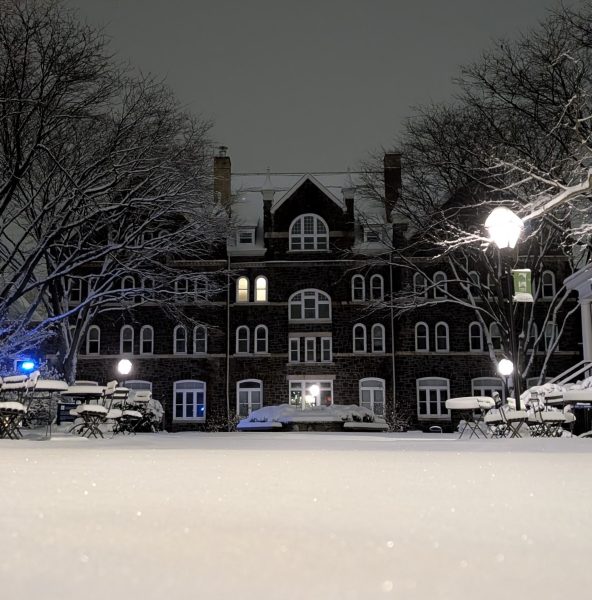
adviser • Sep 14, 2020 at 10:38 am
I just read the “remembering 9/11” article.
Moravian did not cancel classes that day. Lehigh did, but we held classes all day. That was a conscious decision, because the College thought the students needed something to do, needed a place to go where they could talk, if needed, and classes seemed the best place to do that.
The College allowed individual faculty to cancel classes as they wished.
Erv Rokke was the president, but he was not on campus that day. Ironically, he was in Washington DC for a meeting at the time of the attacks. He returned to campus late in the evening. The rest of the president’s cabinet was available, and they had an open “town hall” session at 4 in Prosser, where anyone could come and speak as they needed to.
We also wish to remember Moravian alum, Noel Foster, who was killed in the towers.
Joyce Hinnefeld • Sep 12, 2020 at 7:10 pm
Thank you for this reminder of an incredibly emotional time, Sam. As you know, I was home on maternity leave, with a week-0ld baby. That time is permanently etched in my brain. What I recall was a brief sense of unity, and support. Unfortunately it quickly turned divisive. But for a brief period, at least, we cared for each other, and we didn’t turn angry and violent toward others. Support poured in from all over the world. And New Yorkers led the way really, in working to help everyone to heal.